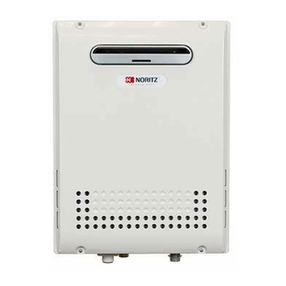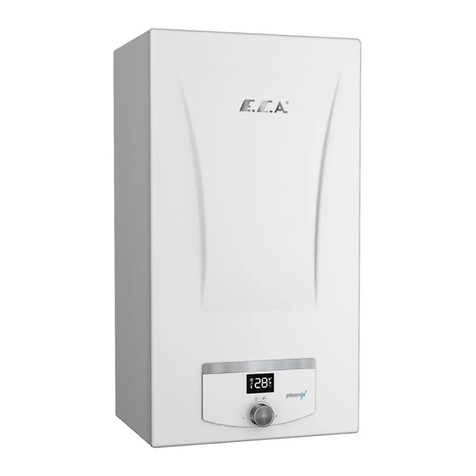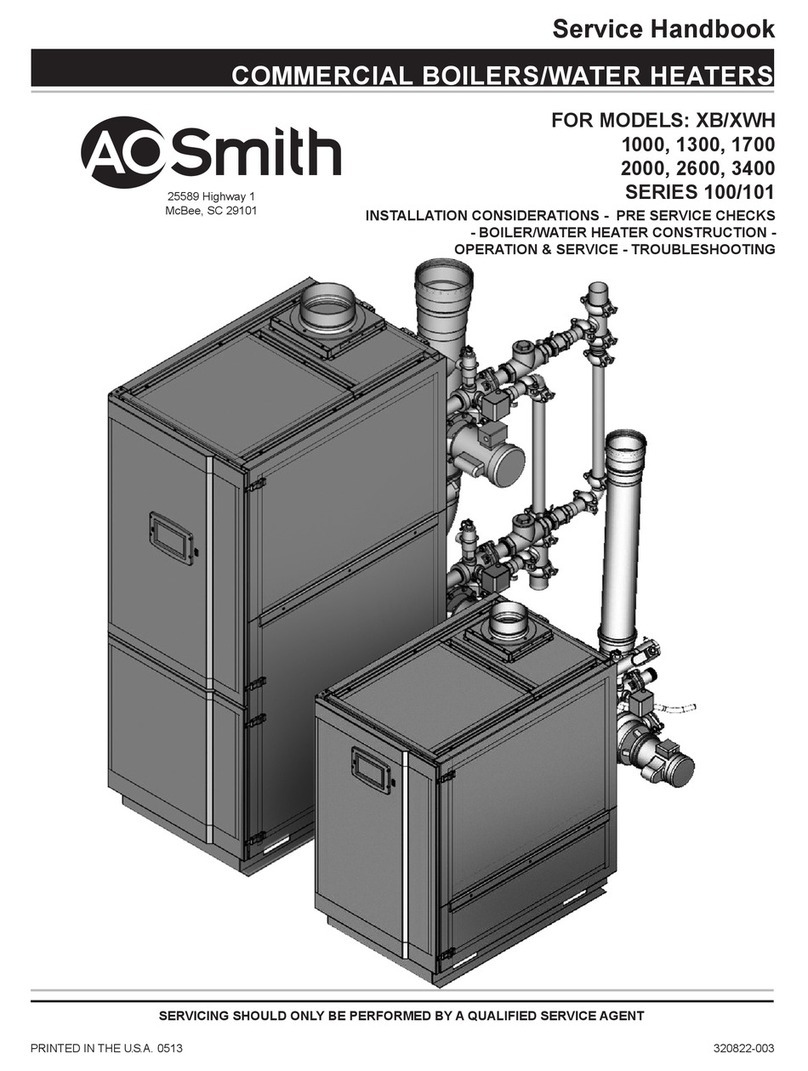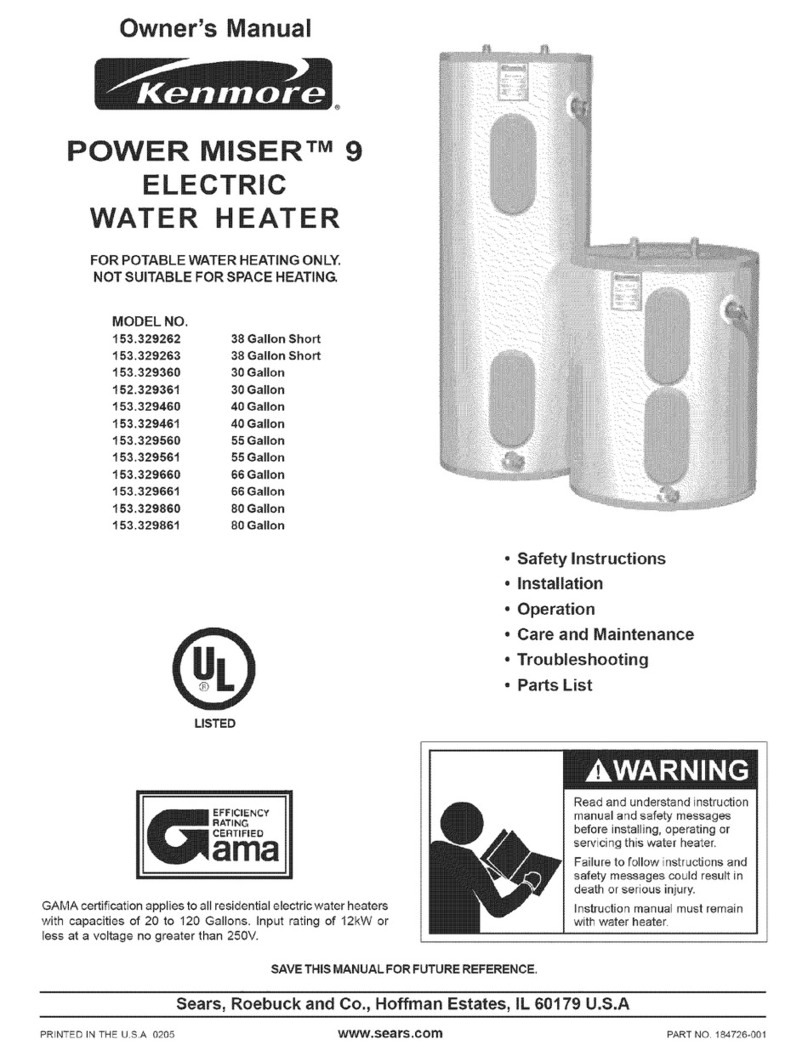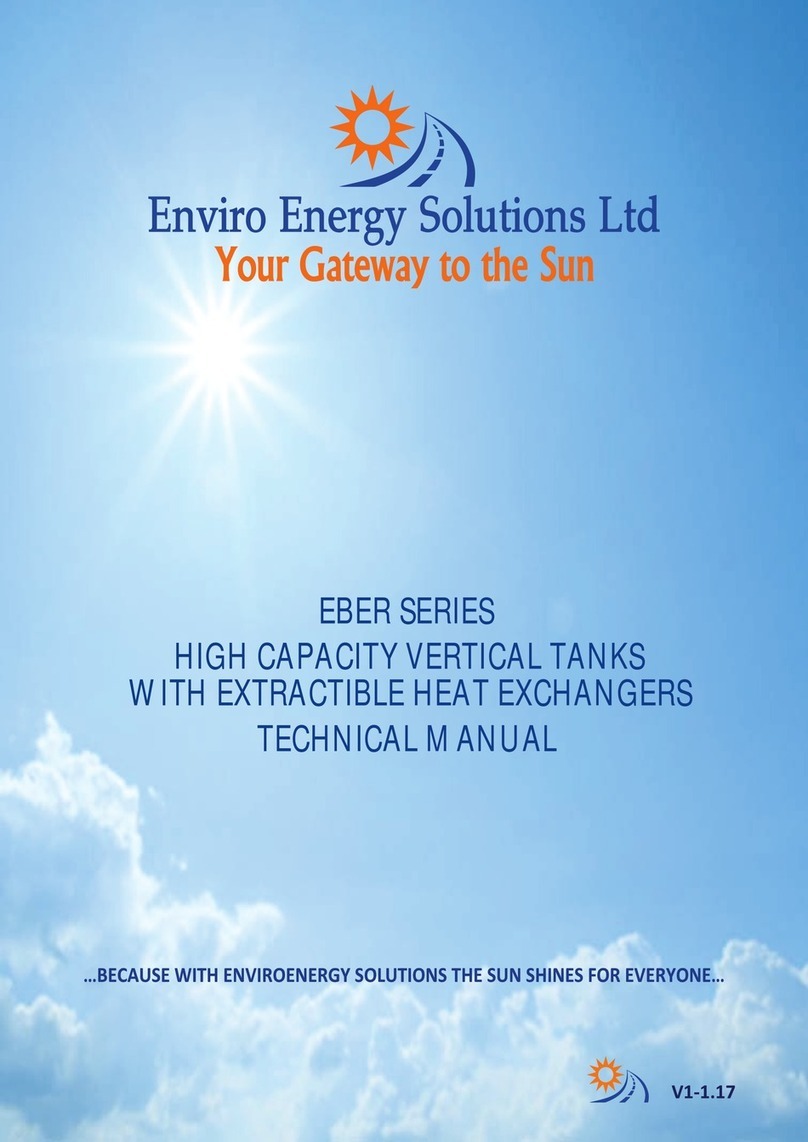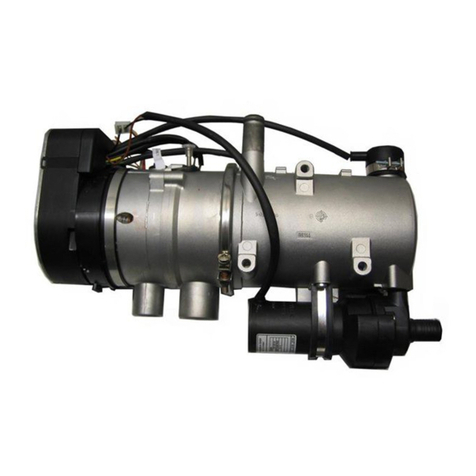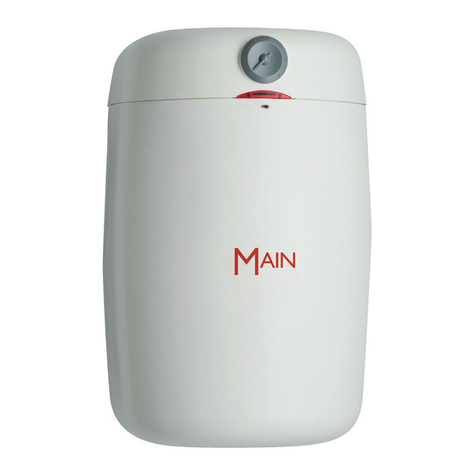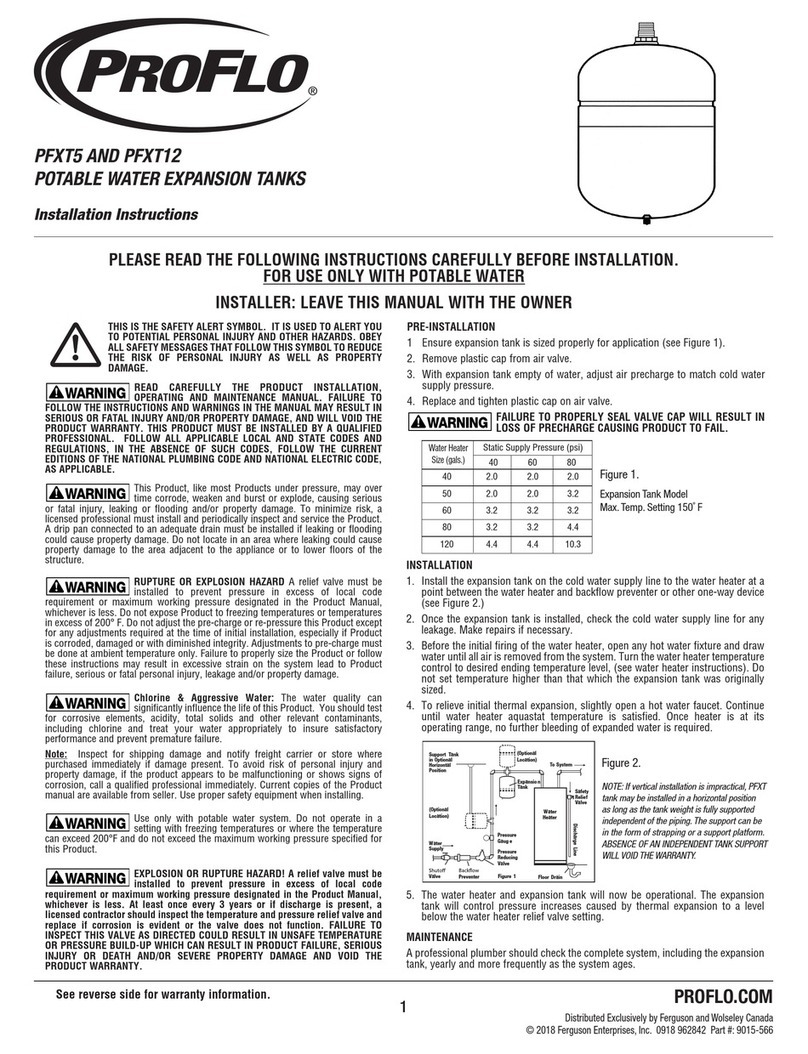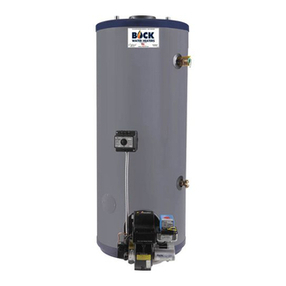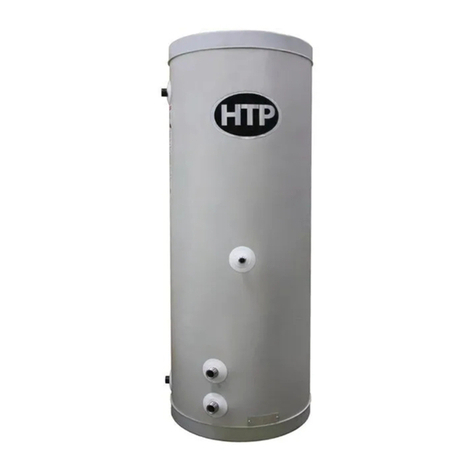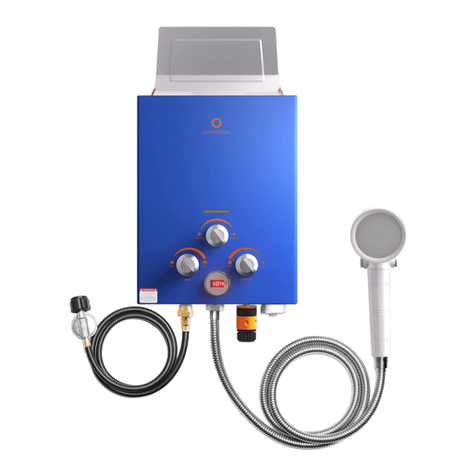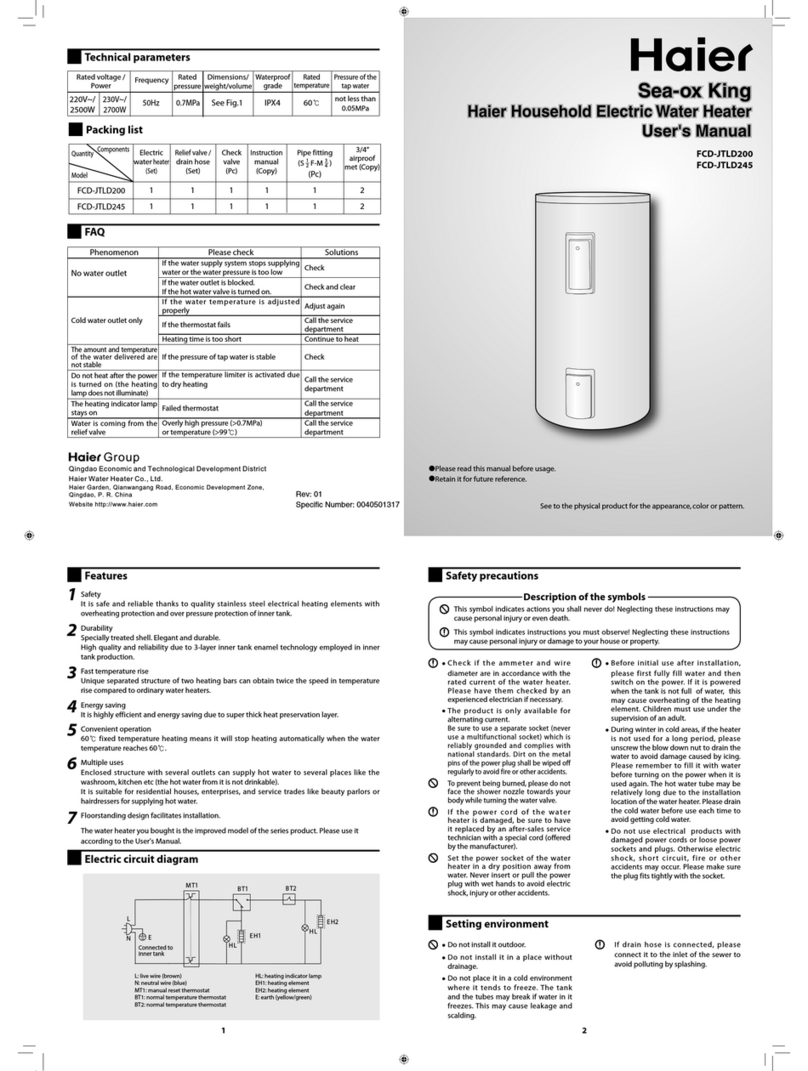BioCycle Ltd
15 Mexted Place, Hamilton 3216
0800 246 292
www.biocycle.nz
During backfilling, shaping of topsoil should be undertaken to make certain that stormwater cannot gravitate
and collect on top of or around the BioCycle tank. It may be necessary to cut swale drains nearby to ensure
surface water runoff away from tank location. Backfill soil should be free of large rocks and air voids should
also be avoided.
Immediately following installation and backfilling, a minimum of 5,000Litres of water should be introduced,
to fill both the Primary chamber and Aeration chamber. This ensures the tank won’t float during rain.
Care should be taken to ensure gully traps are installed above surface water collection areas around the
dwelling, as no stormwater should be allowed to enter sewer drains or the BioCycle tank, under any
circumstances.
Electrical Connection should only be undertaken by a registered electrician, in a methodology compliant
with AS/NZS 3000. An electrical wiring diagram is supplied with each tank, located inside the Blower Box
with the Alarm Plate. If this diagram is lost, please visit our website at www.biocycle.nz/page/technical-
documents/
At the time of publication, the BioCycle 8200 Ecolution utilises a simple electrical control unit located inside
the Blower Box, which has 2 x 10amp circuit breakers installed at the box (one for each pump socket). A
2.5mmTPS (2-core + Earth) cable should be used to connect the system with a 20amp circuit breaker
installed at the dwelling distribution board. A 2.5 TPS cable is also needed as alarm plate power supply,
running from BioCycle tank back to the dwelling where Alarm Plate is to be located on an interior wall.
Please note: Electrical conduit MUST BE SEALED to ensure no rain, stormwater or ground water can access
the conduit, causing water to enter the electrical control box. Failure to ensure this will result in full repair
costs to the electrical contractor.
Commissioning of the BioCycle 8200 Ecolution system should only be undertaken by a trained BioCycle
installer or accredited BioCycle Service Agent.
There are critical valve settings and other tests which need to be completed by only trained persons. If your
system is not commissioned by a suitably trained person, the tank may flood, voiding warranty.
The warranty (see Homeowner Manual) period begins from the date printed on your Commissioning
Certificate.
A Commissioning Certificate should be completed and delivered to the new Homeowner, along with a
completed Service Agreement signed by both Service Agent and Homeowner (these documents are
available from BioCycle Limited on request. Both completed documents should be supplied along with the
Drainlayer’s “As Laid” plan to Council for Code Compliance Certification.





